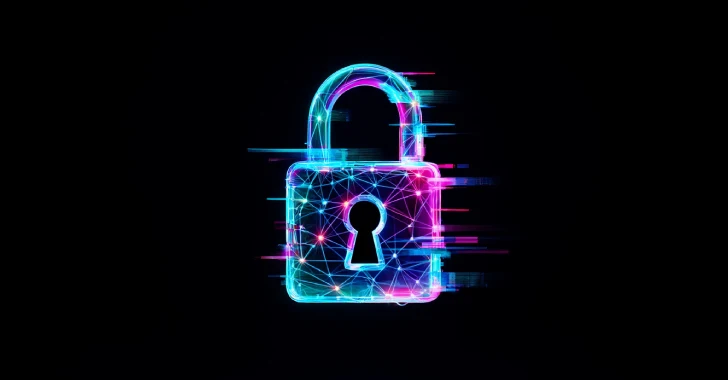Cybersecurity in 2025 looks very different from just five years ago. The rise of remote work, cloud-first infrastructures, and AI-driven cyberattacks has rendered traditional “castle-and-moat” defenses obsolete. Firewalls and VPNs once formed the backbone of enterprise security, but attackers have learned how to bypass them with stolen credentials, phishing, and insider exploitation.
This is where Zero Trust comes in—not as a buzzword, but as the new standard of cybersecurity resilience.
What Zero Trust Really Means
Zero Trust is built on the principle of “Never trust, always verify.” Unlike legacy security models that assume trust once a user or device is inside the network, Zero Trust treats every access request as potentially hostile.
According to a 2024 Gartner report, by 2027, over 60% of enterprises worldwide will have adopted some form of Zero Trust strategy—compared to less than 10% in 2020. This explosive growth shows that Zero Trust is not just a Western trend; it is becoming a global requirement.
The five core pillars of Zero Trust are:
- Strong Identity & Access Management – Continuous user verification through MFA, biometrics, and adaptive authentication.
- Device Security & Compliance – Only healthy, patched, and authorized devices can connect.
- Least Privilege Access – Permissions are minimized and constantly reviewed.
- Network Micro-Segmentation – Sensitive workloads are isolated to prevent lateral movement.
- Real-Time Monitoring & Response – AI and behavioral analytics flag abnormal activity instantly.
Why Zero Trust Matters in 2025
The need for Zero Trust is being fueled by two major realities:
- AI-Powered Threats – Attackers now use AI to launch hyper-personalized phishing, generate malware code, and even clone voices for fraud. Traditional defenses cannot keep up.
- Cloud & Remote Work Expansion – Employees, contractors, and vendors access systems from everywhere, creating endless entry points for attackers.
In Nigeria and across Africa, these risks are especially pressing. Financial institutions face heavy regulatory pressure, telecom providers handle massive customer data, and SMEs adopting digital platforms are increasingly targeted by ransomware groups.
Zero Trust significantly reduces the impact of breaches by assuming “breach is inevitable, but damage doesn’t have to be.”
Practical Roadmap to Implementing Zero Trust
A common misconception is that Zero Trust requires a massive budget or advanced infrastructure. In reality, organizations can start small and expand gradually.
Step 1: Secure Identities
- Roll out MFA across all accounts.
- Enforce passwordless authentication where possible.
Step 2: Harden Devices
- Ensure all laptops, desktops, and mobile devices are patched and monitored.
- Use Mobile Device Management (MDM) tools to enforce compliance.
Step 3: Apply Least Privilege
- Regularly review user roles and permissions.
- Remove “standing access” to critical systems—grant temporary access instead.
Step 4: Micro-Segment the Network
- Break down networks into smaller zones (e.g., HR, Finance, R&D).
- Monitor traffic between zones for anomalies.
Step 5: Continuous Monitoring & Automation
- Deploy Security Information and Event Management (SIEM) or Extended Detection and Response (XDR).
- Use AI-driven analytics to detect unusual patterns.
Looking Ahead: Zero Trust Beyond 2025
Zero Trust is not a one-off project—it’s an ongoing security mindset. Organizations that adopt it gain:
- Reduced attack surface – limiting attacker movement.
- Regulatory compliance – aligning with global standards like NIST CSF 2.0 and Nigeria’s NDPR.
- Customer trust – by showing a commitment to data protection.
In the coming years, Zero Trust will merge with AI-driven defense systems, creating adaptive security models that automatically adjust based on real-time risk. Businesses that delay adoption may find themselves struggling to catch up after an inevitable breach.

